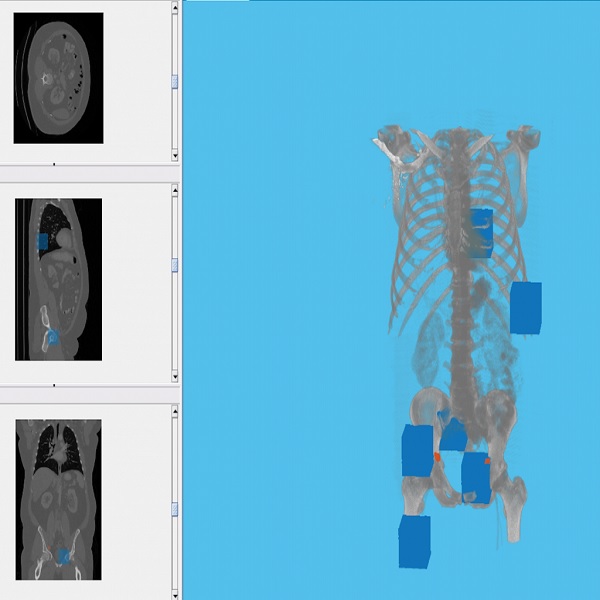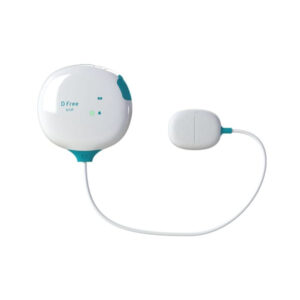Onward Assist
MPIN: MP69014
Sign in to view priceMEDICAL IMAGING + MACHINE LEARNING
Intra-treatment Tumor assessment is a critical step to evaluate the effect of cancer treatment being adminstered and understand the need to either continue with the same or make changes to the protocol.
Ask for Quote
MEDICAL IMAGING + MACHINE LEARNING
Intra-treatment Tumor assessment is a critical step to evaluate the effect of cancer treatment being adminstered and understand the need to either continue with the same or make changes to the protocol. The tumor tracking tool for treatment decision support tries to augment RECIST scoring for accurate estimate of tumor response. Combined with cross-modality analysis, this becomes a key implement available to Oncologists, Tumor boards.
The computer vision based algorithm tries to localize the spatial position of cancer. Further, it tries to find similar regions on the other views. Then, for each of the found suspicious regions, image based features are extracted. The trained model helps detect and score new patients.
CV-based algorithms have shown to successfully reduce unnecessary biopsies significantly, when used in conjunction with a radiologist reading.
COMPUTATIONAL PATHOLOGY
Developments in computational image analysis tools have positively impacted predictive modelling of digital pathology images from a detection, segmentation, feature extraction, and tissue classification perspective. These have brought improvements in predictive modelling of tissue appearance and also deep learning schemes for both object detection and tissue classification
IMAGE ANALYSIS & MACHINE LEARNING
There has been substantial recent interest in combining and fusing multi-modality images, like radiology and proteomics, genomics based measurements with features extracted from digital pathology images towards better prognostication, and prediction of patient outcome.
PATIENT DATA ANALYTICS
Models can predict with reasonable accuracy in key challenge areas; how well a particular patient will adhere to a treatment plan; how the patient will respond to different modifications in the treatment plan; segment the population into different groups based on their behavior, and target the highest risk patient groups to improve their outcomes. ML models can go steps further into segmenting or clustering patients into risk-based sub-groups based on response patterns and the evolution of their clinical complexity.
Advanced tools will become possible in the future, whereby these can be used at the point of care by doctors to discuss available courses of treatment options with their patients, consider their potential efficacy projected at a cohort and personal level.
Shipping Policy
Orders made at Medpick are initiated and processed for shipment upon receipt of request from the customer. Please note that our Shipping Services (Fee, Transportation, Loss or Damage of any shipment, etc.) are in accordance with the Seller\'s terms of Shipment.
Refund Policy
Please refer to Medpick Return Policy.
Cancellation / Return / Exchange Policy
Please refer to Medpick Return Policy.
 REGISTER
REGISTER
 SIGN IN
SIGN IN







